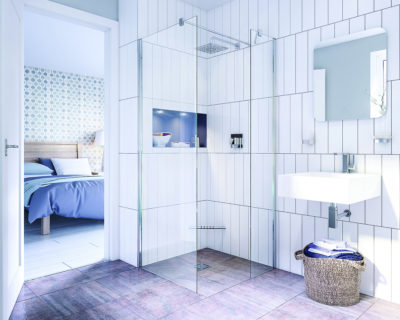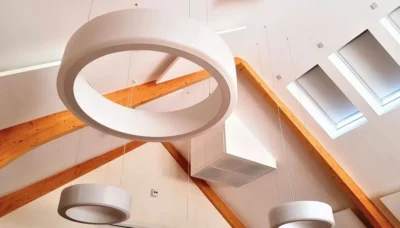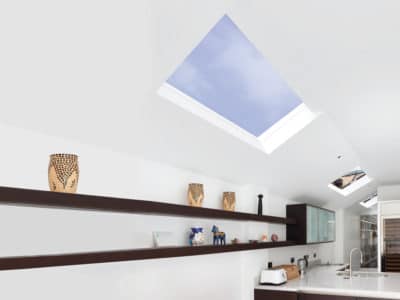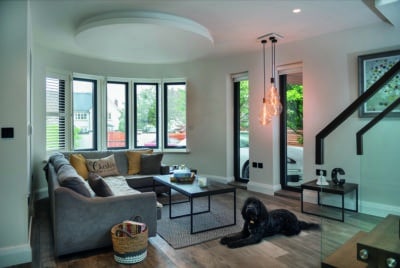Build Cost Basics: Guide to Internal Flooring Prices
This topic covers a lot of ground (no pun intended) and with so much choice out there, it’s a good idea to think about costs first – for both the flooring and installation.
You can then consider factors such as the look, feel underfoot, traction, durability (in terms of water, stain and wear resistance) and ease of care. This quick-fire guide will help you make the right choice for your budget.
Natural stone
Stone flooring will incur the highest initial outlay, but its hardwearing properties mean it can last a lifetime. However, this option is labour intensive to install and requires regular maintenance to avoid staining. If your budget can stretch to it, then you can look forward to an attractive addition to your property that will only improve with age.
Porcelain tiles
This material is very hardwearing and extremely versatile. It comes in a variety of designs, colour and sizes, and is ideal for use in high traffic areas. Kitchens and bathrooms are popular locations for porcelain thanks to the tiles’ water-resistant and non-slip characteristics. Again, installation is a labour intensive – and therefore costly – operation.
Wood
Timber remains a popular flooring solution. It’s warm, attractive and available in a wide range of natural and exotic woods to suit traditional and contemporary styles.
However, it doesn’t have the waterproof qualities of other materials and can suffer from bowing or cupping if poorly installed. The main difference between solid and engineered options is the latter is composed of multiple layers of compressed timber, before being finished with a top layer of solid timber veneer.
As a result, engineered wood can boast the same timeless look of fully natural boards with added stability.
Wood-effect laminate
This multi-layer synthetic product is easy to install and requires very little maintenance. It’s resistant to stains, waterproof and easy to keep clean.
The downside is the fact that it can be slippery when wet, and because it’s synthetic it’s not possible to repair scuff marks – although commercial grade laminates resist most scratches.
Carpet
Buy cheap, buy twice really does apply when it comes to carpets – so consider maximum lifespan when choosing yours.
You’ll want a softer pile underfoot for the bedroom and low-pile, dense tufts for high traffic areas. Wool is more expensive than polypropylene but is soft, durable, a good insulator and reduces noise.
On the other hand, polypropylene is tough and resistant to stains. Polyester
is often used for textured or shag pile carpets.
Vinyl
Perfect for high traffic and moisture-prone zones. Vinyl is easy to clean, which makes it popular in homes with small children, pets and allergy sufferers.
It can be made to look like tiles, wood, stone, parquet brick etc to avoid the labour costs of laying complex patterns. Be aware that its soft surface can be marked by heels and other sharp objects.
Flooring cost guide
The figures given here are based on the installation of 20m2 of flooring in a new build home, and include all labour and materials (including adhesive, sealant, threshold bars and beading), as well as assumptions on breakage and wastage.
They do not account for renovation-related work, such as skirting alterations or the use of levelling compounds. We have assumed a mid-quality option in each flooring category to try to account for the many variables between different products and suppliers.
| Flooring type | PC sum allowance per m2 | Flooring only | Additional materials | Labour | Total Cost |
|---|---|---|---|---|---|
| Natural stone tiling | £25 | £500 | £765.60 | £854.33 | £2,119.93 |
| Porcelain tiling | £20 | £400 | £596.54 | £809.33 | £1,805.87 |
| Solid wood | £45 | £900 | £339.06 | £345.33 | £1,584.39 |
| Engineered wood | £30 | £600 | £239.12 | £345.33 | £1,184.45 |
| Wood effect laminate | £20 | £400 | £186.82 | £345.33 | £932.15 |
| Carpet | £15 | £300 | £175.47 | £136.63 | £612.11 |
| Vinyl | £20 | £400 | £467.48 | £164.53 | £1,032.01 |
Note: These indicative prices exclude VAT and builder’s profit. Self build projects qualify
for zero-rated VAT on labour and materials (the latter will be reclaimed on completion).
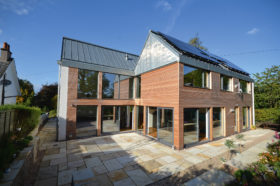
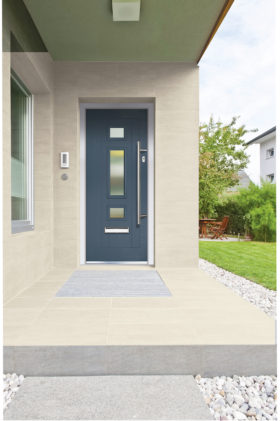
































































































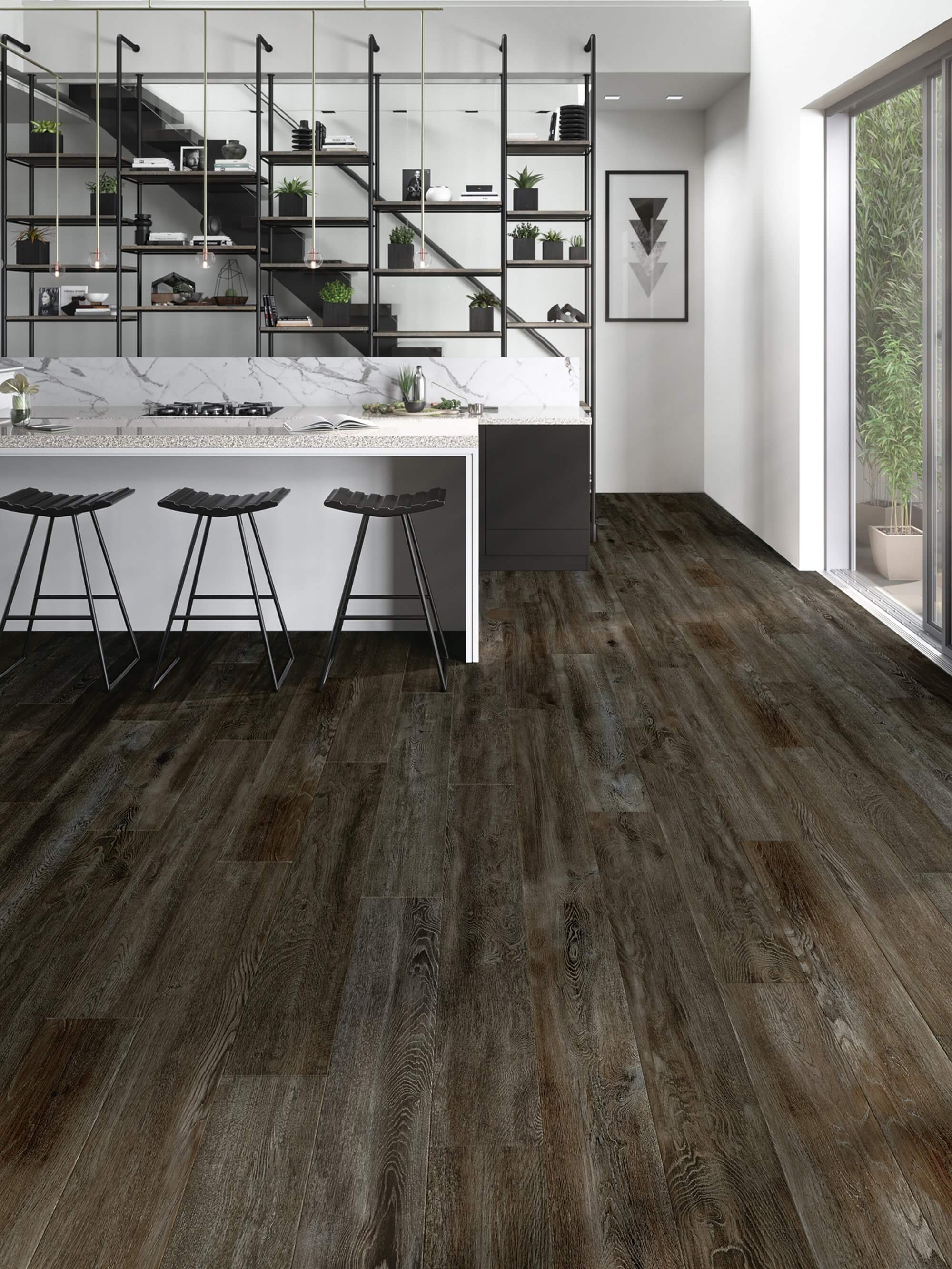
 Login/register to save Article for later
Login/register to save Article for later




